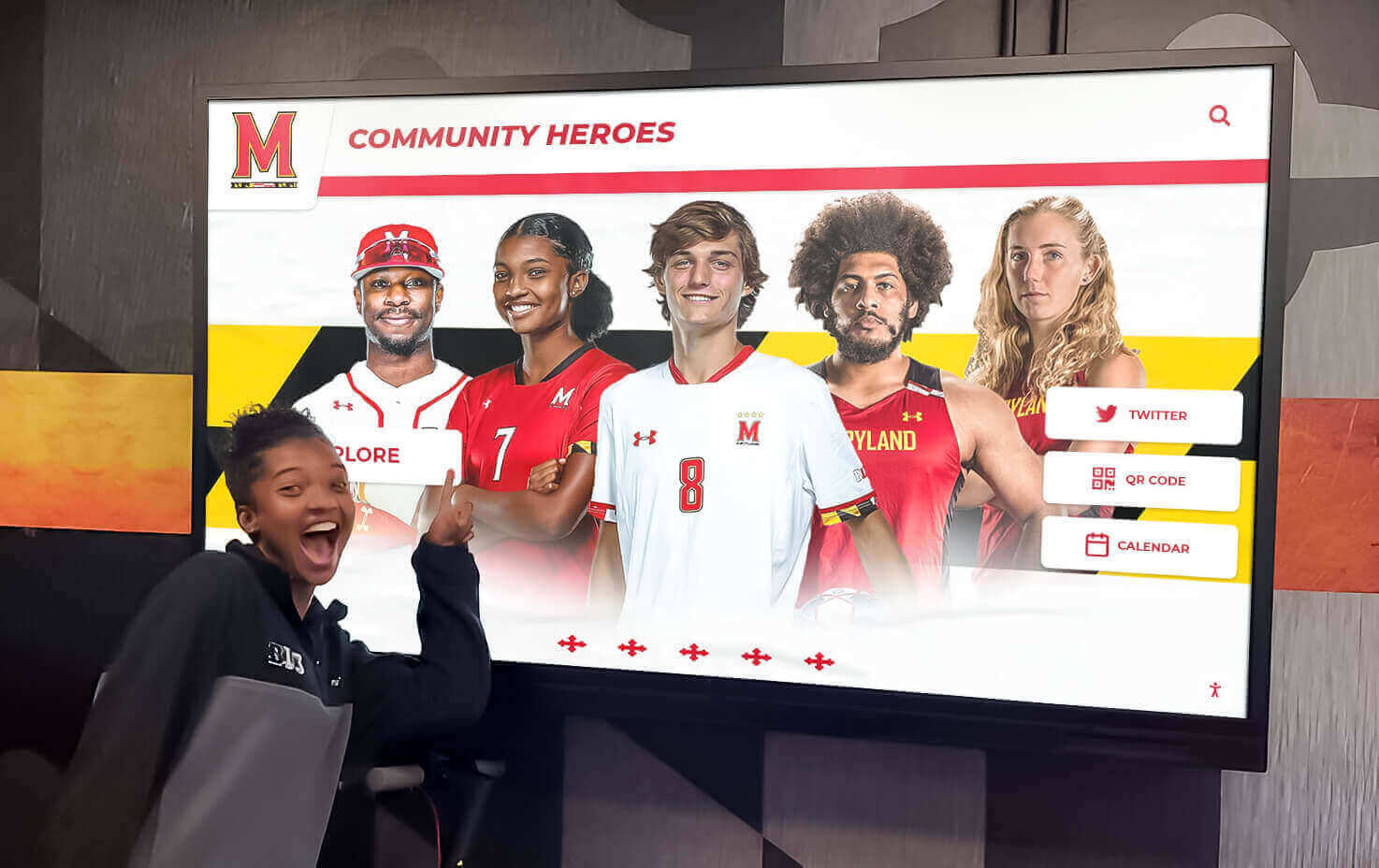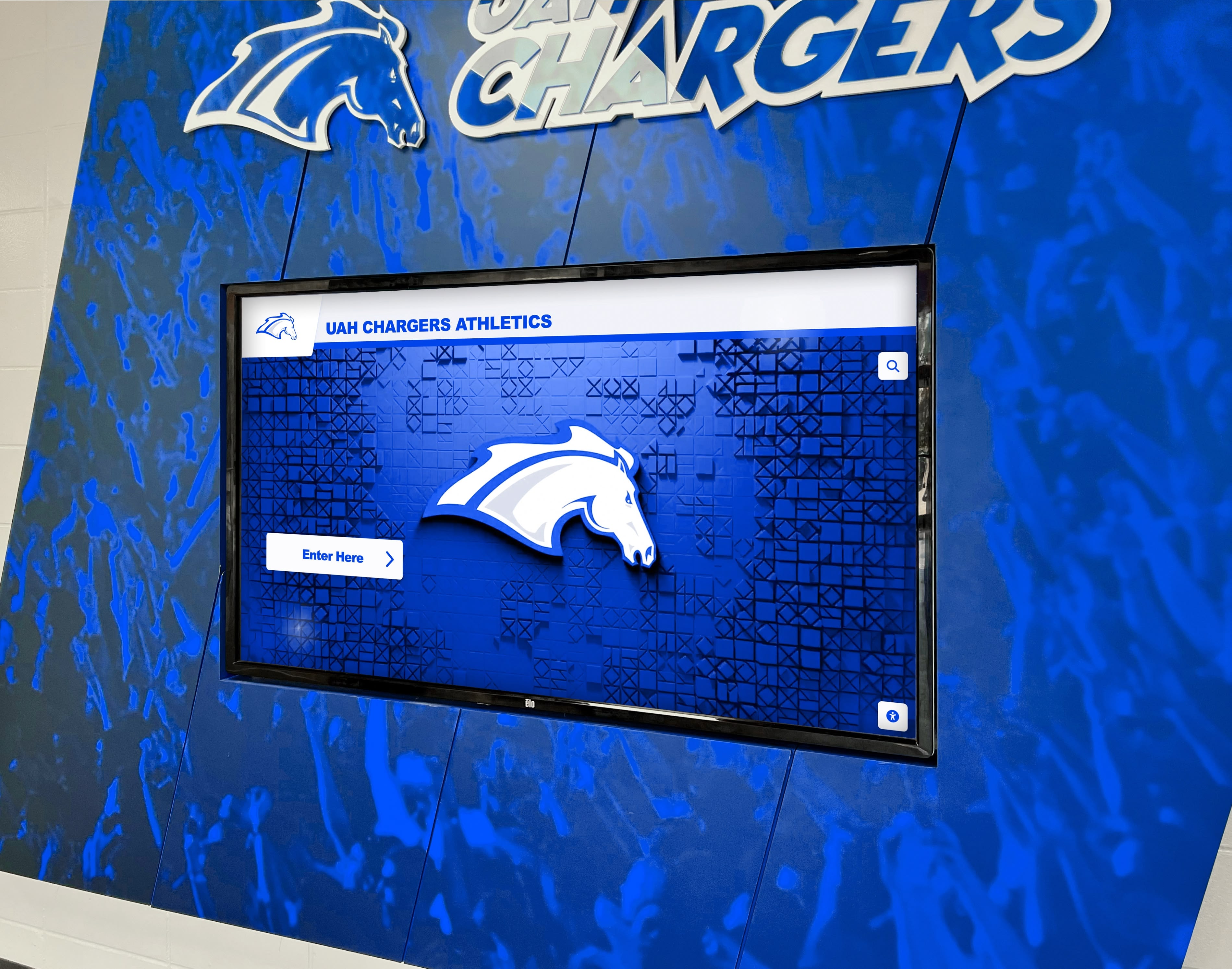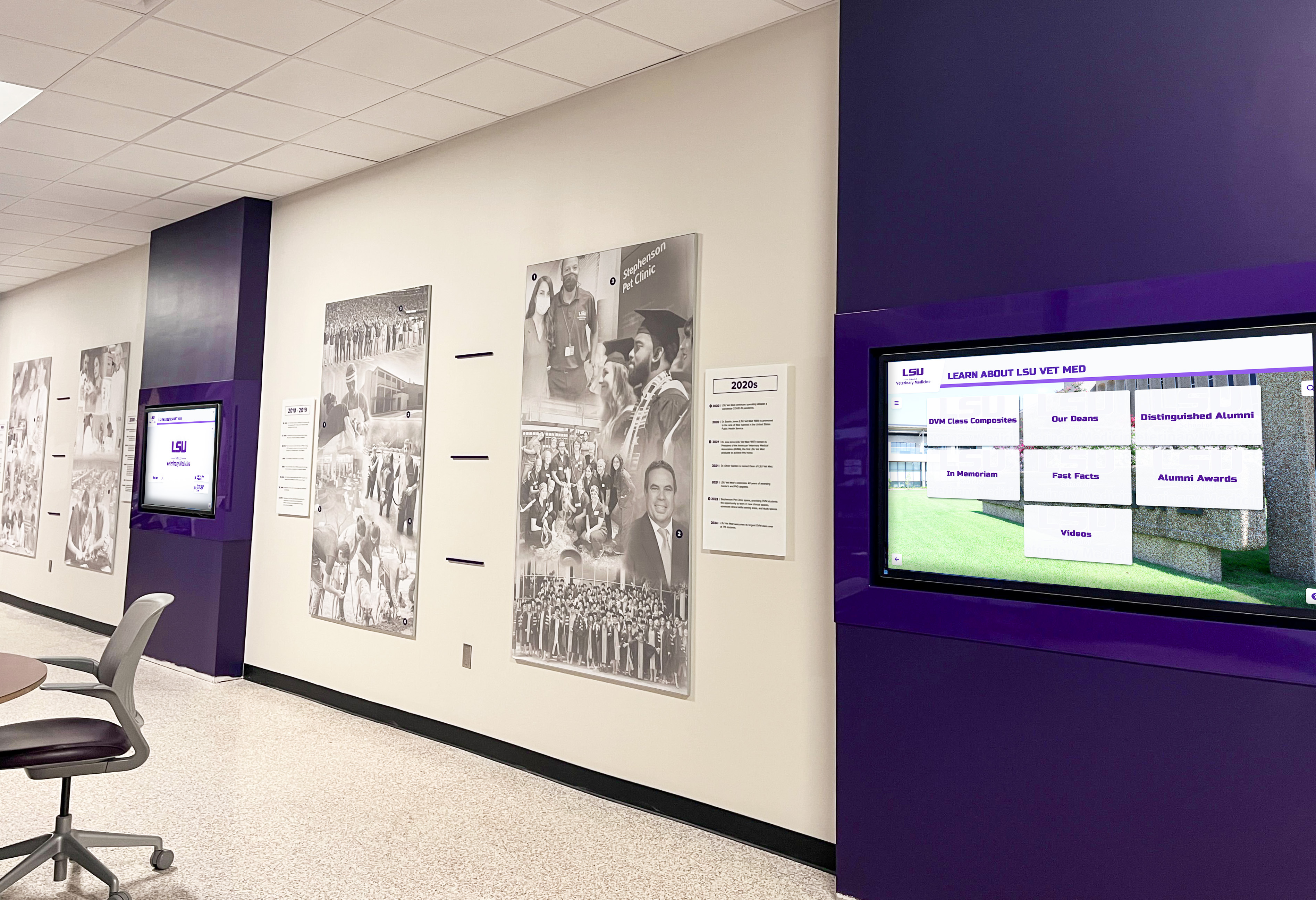The New England Patriots stand as one of the most successful franchises in NFL history, transforming from an original AFL team into a dynasty that redefined professional football excellence. From the Gillette Stadium fortress in Foxborough to six Super Bowl championships and countless legendary players, the Patriots have created a rich tradition worthy of comprehensive celebration and recognition.
Whether you’re a lifelong Patriots fan, a football historian, or an organization seeking to honor athletic excellence, this guide provides insights into the players who defined Patriots football and how recognition programs can celebrate legendary achievements effectively.
The Patriots Dynasty: A Brief History
The New England Patriots’ journey from AFL upstart to NFL powerhouse represents one of professional sports’ most remarkable transformations. Founded in 1960 as the Boston Patriots, the franchise has evolved through distinct eras—each defined by memorable players and defining moments.
The Early Years (1960-1993)
The Patriots’ early decades featured competitive teams and individual stars but lacked consistent championship success. Players like Steve Grogan, John Hannah, and Stanley Morgan established traditions of toughness and excellence that would define the franchise identity for decades to come.
The team moved to Foxborough in 1971, becoming the New England Patriots and playing at Schaefer Stadium (later Foxboro Stadium). Despite Super Bowl appearances in 1985 and 1996, the ultimate prize remained elusive during this era.

The Dynasty Era (2000-2019)
Everything changed when Bill Belichick arrived as head coach in 2000 and Tom Brady emerged as starting quarterback in 2001. What followed was unprecedented success—six Super Bowl championships, nine Super Bowl appearances, and sustained excellence that redefined what NFL franchises could achieve.
The Brady-Belichick partnership created a culture of preparation, adaptability, and winning that produced consistent 12+ win seasons and perennial playoff contention. The Patriots became the NFL’s model franchise, combining strategic brilliance with exceptional player development.
The Post-Dynasty Transition (2020-Present)
Tom Brady’s departure in 2020 marked the end of an era, but the Patriots’ rich history and strong organizational foundation continue to define the franchise. The legacy built over two decades provides endless recognition opportunities honoring the players who created football’s greatest dynasty.
The Patriots All-Time Offensive Team
Selecting the greatest Patriots offensive players requires evaluating performance across different eras, statistical achievement, championship contributions, and lasting impact on franchise success.
Quarterback: Tom Brady
Career Stats: 541 touchdowns, 74,571 passing yards, 3 NFL MVP awards with Patriots
No selection is more obvious than Tom Brady at quarterback. The sixth-round pick who became arguably football’s greatest player transformed the Patriots from a competitive franchise into an unstoppable dynasty. Brady’s seven Super Bowl championships (six with New England), five Super Bowl MVP awards, and countless fourth-quarter comebacks defined an era of Patriots dominance.

Brady’s competitive drive, preparation habits, and performance under pressure set standards that future Patriots will pursue for generations. His ability to make ordinary receivers productive and elevate teammates’ performance created consistent championship contention regardless of roster changes around him.
Beyond statistics, Brady transformed how quarterbacks approached the position—emphasizing film study, nutrition, conditioning, and longevity that extended his prime performance into his 40s. His legacy with the Patriots transcends football, representing sustained excellence across two decades.
Running Back: Jim Nance
Career Stats: 5,401 rushing yards, 45 touchdowns, 2× AFL rushing champion
Though the Patriots have featured numerous talented running backs, Jim Nance’s dominance during the AFL era earns him recognition as the franchise’s greatest pure running back. The powerful fullback led the AFL in rushing twice (1966, 1967) and provided the Patriots’ early identity as a physical, ground-based offense.
Nance’s 1,458 rushing yards in 1966 stood as a Patriots record for nearly 40 years, demonstrating his exceptional productivity during an era when defenses could physically punish ball carriers more than modern rules allow.
Honorable Mentions: Corey Dillon (who rushed for 1,635 yards during the 2004 championship season), Curtis Martin (who began his Hall of Fame career in New England), and Sam Cunningham (the team’s all-time leading rusher for many years).
Wide Receiver: Stanley Morgan
Career Stats: 534 receptions, 10,352 receiving yards, 67 touchdowns
Stanley Morgan remains one of the most underappreciated receivers in NFL history despite dominating during his Patriots career from 1977-1989. His combination of speed, route-running precision, and consistency made him Steve Grogan’s favorite target and the Patriots’ offensive foundation for more than a decade.
Morgan’s 10,352 receiving yards stood as a Patriots record until the modern era, and his ability to stretch defenses vertically created opportunities for the entire offense. He led the NFL in receiving yards per catch twice, demonstrating explosive playmaking ability that changed games with single receptions.

Wide Receiver: Randy Moss
Career Stats with Patriots: 259 receptions, 3,904 yards, 50 touchdowns
Randy Moss’ brief Patriots tenure (2007-2010) produced some of the most spectacular offensive performances in NFL history. The 2007 season—when Moss caught an NFL-record 23 touchdown passes from Tom Brady—showcased football at its highest level as the Patriots nearly completed a perfect season.
Moss’ combination of size, speed, and ball skills created matchup problems defenses couldn’t solve. His ability to win one-on-one deep balls forced opponents into defensive schemes that opened opportunities for other receivers, fundamentally changing how defenses approached the Patriots offense.
Tight End: Rob Gronkowski
Career Stats: 521 receptions, 7,861 yards, 79 touchdowns
Rob Gronkowski revolutionized the tight end position through his unique combination of elite receiving ability and dominant blocking. “Gronk” became Tom Brady’s most reliable target in critical situations, contributing to four Super Bowl championships during his Patriots career.
At 6'6" and 265 pounds with receiver-level route-running and hands, Gronkowski created impossible matchups. Linebackers couldn’t cover him, and safeties couldn’t tackle him, making him Brady’s favorite red-zone target. His 79 career touchdown receptions represent the highest total for any tight end in NFL history.
Beyond statistics, Gronkowski’s infectious personality and love for competition embodied the joy of playing football. His retirement and brief return demonstrated his importance to the Patriots’ championship formula, as the offense never fully replaced his production or presence.
Offensive Tackle: Bruce Armstrong
Career Stats: 7× Pro Bowl selections, 212 games played
Bruce Armstrong provided elite left tackle play throughout the 1990s, protecting quarterbacks and opening holes for running backs during 14 seasons with the Patriots. His seven Pro Bowl selections demonstrated consistent excellence at football’s most important position after quarterback.
Armstrong’s durability—playing in 212 games—represented remarkable consistency at a physically demanding position. His combination of strength, footwork, and technique set standards for Patriots offensive linemen who followed.
Offensive Tackle: Matt Light
Career Stats: 3× Pro Bowl selections, 3× Super Bowl champion
Matt Light protected Tom Brady’s blindside during the dynasty’s peak years, contributing to three Super Bowl championships through reliable, consistent tackle play. His ability to handle elite edge rushers in crucial playoff games proved essential to the Patriots’ postseason success.
Light’s preparation habits and technique exemplified the Patriots Way—doing whatever necessary to help the team win without seeking individual recognition. His partnership with Brady on the left side created the foundation for the passing attack that defined Patriots offense.

Offensive Guard: John Hannah
Career Stats: 9× Pro Bowl selections, 10× First-team All-Pro, Pro Football Hall of Fame inductee
John Hannah is widely considered one of the greatest offensive guards in NFL history, demonstrating sustained excellence throughout his entire Patriots career (1973-1985). His combination of strength, agility, and technique revolutionized guard play and established standards that future linemen still pursue.
Hannah’s 10 First-team All-Pro selections represent consistent dominance across more than a decade. He paved the way for the Patriots’ ground game while providing reliable pass protection, excelling in both run-blocking and pass-protection responsibilities that modern guards must master.
Many football historians rank Hannah as the greatest offensive lineman of his generation regardless of position, testament to his transformational impact on how guards approached their craft.
Offensive Guard: Logan Mankins
Career Stats: 7× Pro Bowl selections, 2× First-team All-Pro
Logan Mankins provided powerful, physical guard play during the Patriots’ sustained success in the 2000s and 2010s. His combination of strength in run blocking and pass protection anchored the interior offensive line, creating running lanes and protecting Brady consistently.
Mankins’ toughness defined his approach—playing through injuries that would sideline many players. His reliability and durability made him a cornerstone of Patriots offensive lines that consistently ranked among the league’s best.
Center: Jon Morris
Career Stats: 7× AFL All-Star selections
Jon Morris anchored the Patriots’ offensive line during the AFL era, earning seven consecutive All-Star selections from 1964-1970. His consistency and leadership provided the foundation for the Patriots’ early offensive identity.
Morris’ ability to handle talented nose tackles while managing line calls and protections demonstrated the intelligence and athleticism required for center play at football’s highest level.
Honorable Mention: Dan Koppen, who provided reliable center play during two Super Bowl championships, deserves recognition for his contributions to the dynasty era.
The Patriots All-Time Defensive Team
The Patriots’ championship success resulted from dominant defensive performances as much as offensive firepower. Building the all-time defensive team requires recognizing players who excelled in different defensive schemes across multiple eras.
Defensive End: Willie McGinest
Career Stats: 78 sacks, 16 forced fumbles, 3× Super Bowl champion
Willie McGinest embodied Patriots defensive excellence through his combination of pass-rushing ability and exceptional run defense. His 16 sacks during the 2003 playoffs remain an NFL postseason record, demonstrating his ability to elevate performance when championships were decided.

McGinest’s versatility—lining up at defensive end or outside linebacker depending on scheme—made him invaluable to Bill Belichick’s multiple defensive fronts. His leadership and preparation set standards for Patriots defenders who followed.
Defensive End: Chandler Jones
Career Stats with Patriots: 36 sacks, 8 forced fumbles
Chandler Jones’ brief Patriots tenure showcased elite pass-rushing ability that helped deliver a Super Bowl championship. His combination of length, speed, and technique created consistent quarterback pressure that disrupted opposing offenses.
Jones’ performance in Super Bowl XLIX—where he pressured Russell Wilson throughout the game—contributed directly to Malcolm Butler’s game-sealing interception. His impact on the Patriots’ 2014 championship validated his inclusion among the franchise’s best defensive ends despite leaving New England relatively early in his career.
Honorable Mentions: Andre Tippett (a Hall of Famer who played outside linebacker in a 3-4 scheme but functioned as a pass-rusher) and Richard Seymour (who excelled at both defensive end and defensive tackle).
Defensive Tackle: Vince Wilfork
Career Stats: 16 sacks, 5× Pro Bowl selections, 2× Super Bowl champion
Vince Wilfork’s massive presence—listed at 325 pounds but often playing heavier—clogged running lanes and occupied multiple blockers throughout his Patriots career. His combination of size, strength, and surprising athleticism made him nearly impossible to handle one-on-one.
Wilfork’s impact transcended statistics, as nose tackles are judged more by how they occupy blockers and control gaps than by sacks and tackles. His ability to anchor the Patriots’ 3-4 defensive front provided the foundation for linebackers and edge rushers to make plays.
Beyond his on-field dominance, Wilfork’s personality and leadership made him a beloved figure in the Patriots locker room and throughout New England. His iconic postgame interviews and community involvement demonstrated that great players can be great people.
Defensive Tackle: Richard Seymour
Career Stats: 39 sacks, 5× Pro Bowl selections, 3× Super Bowl champion
Richard Seymour’s versatility—lining up at defensive end or defensive tackle depending on scheme and situation—made him one of the most disruptive defensive linemen of his era. His combination of size, strength, and quickness created problems for blockers trying to account for his alignment and assignment.
Seymour’s contributions to three Super Bowl championships during the dynasty’s early years established his legacy as one of the Patriots’ most important defensive players. His production in both run defense and pass rush made him the complete interior defender.
Outside Linebacker: Andre Tippett
Career Stats: 100 sacks, 18.5 sacks in 1984, Pro Football Hall of Fame inductee
Andre Tippett stands as one of the greatest pass-rushers in Patriots history and one of the best outside linebackers of the 1980s. His combination of speed, power, and technique terrorized quarterbacks throughout his career, accumulating 100 career sacks when pass-rushing wasn’t yet his primary responsibility.
Tippett’s 18.5 sacks in 1984 demonstrated his exceptional ability to impact games through quarterback pressure. His consistency across his entire career—earning five Pro Bowl selections—validated his status among football’s elite defenders during his era.

Outside Linebacker: Tedy Bruschi
Career Stats: 30.5 sacks, 12 interceptions, 3× Super Bowl champion
Tedy Bruschi exemplified Patriots football through his preparation, versatility, and clutch performances. His ability to cover tight ends, blitz effectively, and defend the run made him essential to the Patriots’ defensive schemes during the dynasty’s peak years.
Bruschi’s comeback from a stroke in 2005 demonstrated his remarkable toughness and love for football. His leadership and football intelligence made him a defensive signal-caller who ensured teammates aligned properly and executed schemes correctly.
Beyond statistics, Bruschi’s preparation habits and film study set examples for teammates. His understanding of offensive tendencies and ability to diagnose plays pre-snap gave the Patriots’ defense crucial advantages in critical games.
Middle Linebacker: Mike Vrabel
Career Stats: 48 sacks, 8× touchdown receptions, 3× Super Bowl champion
Mike Vrabel’s unique career path—from special teams contributor to defensive star to occasional offensive weapon—demonstrated his versatility and value to the Patriots’ championship teams. His ability to pressure quarterbacks while also defending the run made him invaluable to the Patriots’ 3-4 defense.
Vrabel’s touchdown receptions as a goal-line tight end showcased Bill Belichick’s creativity and Vrabel’s willingness to contribute however needed. His eight receiving touchdowns—all in crucial situations—demonstrated his clutch performance capability.
Cornerback: Ty Law
Career Stats: 36 interceptions with Patriots, 3× Super Bowl champion
Ty Law’s ball skills and coverage ability made him one of the most feared cornerbacks of his era. His three interceptions returned for touchdowns during the 2003 playoffs—including his iconic pick-six against Peyton Manning in the AFC Championship—demonstrated his impact on championship outcomes.
Law’s physical coverage style and willingness to challenge receivers at the line of scrimmage epitomized the aggressive defensive approach that defined early dynasty-era defenses. His ability to shut down opponents’ best receivers allowed the Patriots to focus defensive attention elsewhere.

Cornerback: Asante Samuel
Career Stats with Patriots: 22 interceptions, 10 pass deflections in 2006 playoffs
Asante Samuel’s ball-hawking ability and instincts made him one of the most productive cornerbacks in Patriots history. His knack for being in position to intercept passes created turnovers that changed game momentum and created short fields for the offense.
Samuel’s performance during the 2006 playoffs—when he deflected passes or made interceptions in seemingly every game—demonstrated his ability to elevate performance in the postseason. His production in crucial moments validated his status among the Patriots’ greatest defensive backs.
Safety: Rodney Harrison
Career Stats with Patriots: 16 interceptions, 2× Super Bowl champion
Rodney Harrison brought physicality, intelligence, and leadership to the Patriots’ secondary during championship seasons. His combination of coverage ability and run support made him one of football’s most complete safeties, capable of playing center field or attacking downhill depending on scheme demands.
Harrison’s intimidating presence and willingness to deliver punishing hits changed how receivers approached the middle of the field. His preparation and understanding of offensive tendencies allowed him to anticipate plays and position himself for impact.
Beyond his on-field contributions, Harrison’s leadership and competitive intensity set standards in the Patriots’ locker room. His demands for excellence from teammates and himself exemplified the championship culture that defined the dynasty era.
Safety: Lawyer Milloy
Career Stats: 19 interceptions with Patriots, 4× Pro Bowl selections
Lawyer Milloy provided versatile safety play combining coverage ability, run support, and leadership throughout the 1990s and early dynasty years. His four Pro Bowl selections demonstrated consistent excellence across multiple seasons.
Milloy’s physical style and ability to play near the line of scrimmage as a strong safety or drop back in coverage as a free safety gave the Patriots’ defensive schemes flexibility. His preparation and football intelligence made him a trusted defensive signal-caller.
Celebrating Patriots Excellence Through Modern Recognition
The Patriots’ rich history and legendary players create endless opportunities for recognition programs honoring achievement and inspiring future generations. From professional facilities to schools celebrating alumni who reached New England to community organizations honoring local Patriots connections, modern recognition technology enables comprehensive celebration of football excellence.

Digital Recognition for Professional Athletes
Schools and communities that produced Patriots players can celebrate these connections through professional athletes recognition displays showcasing hometown heroes who reached football’s highest level. These displays inspire current student-athletes while honoring alumni achievements.
Modern interactive touchscreen systems enable comprehensive recognition featuring player profiles, career statistics, video highlights, and multimedia content impossible with traditional plaques and trophy cases. Unlimited capacity means every deserving player receives appropriate celebration without space constraints.
Football Records and Achievement Recognition
Programs can document football records and achievements using digital platforms that update instantly when records fall. Rather than waiting months for vinyl production and installation, digital systems reflect current achievements immediately, maintaining recognition currency and relevance.
Organizations seeking to showcase championship teams benefit from digital capabilities enabling comprehensive documentation of complete rosters, season records, memorable moments, and achievement context that traditional displays cannot accommodate.
Integration with Broader Recognition Programs
Patriots recognition integrates naturally within comprehensive NFL hall of fame programs documenting professional football excellence across teams and eras. Schools celebrating multiple alumni who reached professional levels can organize recognition chronologically, by team, or by achievement level depending on program preferences.
Solutions like Rocket Alumni Solutions provide platforms specifically designed for sports recognition, offering features traditional digital signage cannot match including sport-specific templates, statistical integration, and interactive comparison tools enabling fans to explore different players and eras.
The Patriots’ Cultural Impact Beyond Football
The Patriots’ sustained success transcends sports, representing broader themes about excellence, preparation, teamwork, and winning culture that resonate across industries and contexts.
The “Patriots Way” Philosophy
Bill Belichick’s emphasis on preparation, adaptability, situational football, and team-first mentality created the “Patriots Way”—a philosophy that influenced how organizations across sports approached competition, player development, and culture building.

This approach emphasized doing what’s necessary to win rather than chasing individual recognition, adapting strategies to opponent weaknesses rather than imposing preferred schemes, and valuing contribution over status. The Patriots consistently acquired productive players other teams undervalued, developed late-round picks into stars, and created an environment where winning mattered more than individual statistics.
Regional Identity and New England Pride
The Patriots represent more than just Boston or Massachusetts—they embody New England regional identity. The franchise’s success creates shared experiences connecting millions across six states, from Connecticut through Maine.
Patriots championships delivered joy during difficult economic periods, provided gathering points for divided communities, and created shared memories connecting generations. Grandparents who remember the AFL days connect with grandchildren who know only the dynasty era through shared Patriots fandom.
Inspiring Future Generations
The Patriots’ success has inspired countless New England youth to pursue football, emulating Brady’s preparation habits, Gronkowski’s competitiveness, or Bruschi’s leadership. Recognition programs celebrating Patriots connections at youth, high school, and college levels create tangible pathways demonstrating that professional football remains accessible to talented, dedicated athletes.
Conclusion: Preserving Patriots Legacy for Future Generations
The New England Patriots’ transformation from AFL upstart to NFL dynasty created a rich history worthy of comprehensive recognition and celebration. From Tom Brady’s legendary quarterback play through Vince Wilfork’s defensive dominance, from John Hannah’s revolutionary guard play through Ty Law’s championship interceptions, the Patriots have featured exceptional talent across every position and era.
The all-time offensive and defensive teams assembled here represent football excellence at its highest level—players who dominated their positions, contributed to championships, and created moments defining Patriots history. Whether honoring professional legends or celebrating alumni who reached New England, recognition programs preserve legacy while inspiring current athletes pursuing their own paths to excellence.

Modern digital recognition technology makes sophisticated celebration accessible to organizations of all sizes. From professional facilities to high schools to community centers, interactive displays enable comprehensive recognition featuring unlimited capacity, rich multimedia content, instant updates, and engaging experiences impossible with traditional approaches.
For organizations interested in celebrating football excellence and Patriots connections, solutions like Rocket Alumni Solutions provide comprehensive platforms designed specifically for sports recognition. These systems address unique needs including position-specific categorization, statistical integration, team roster displays, and multimedia capabilities that bring achievements to life.
Ready to explore how digital recognition can help your organization celebrate football excellence? Whether honoring professional legends or celebrating youth program achievements, modern solutions provide practical approaches for creating engaging recognition programs that preserve tradition while inspiring future generations.




































